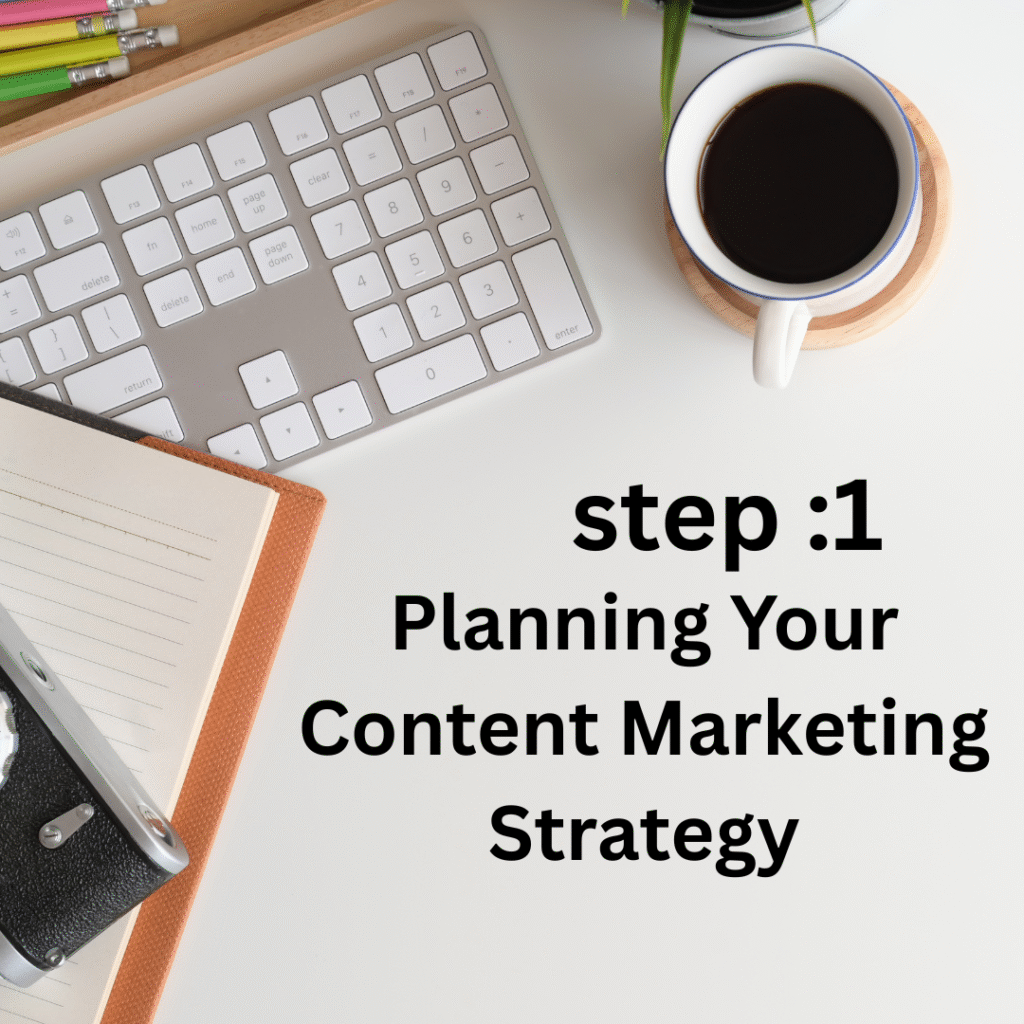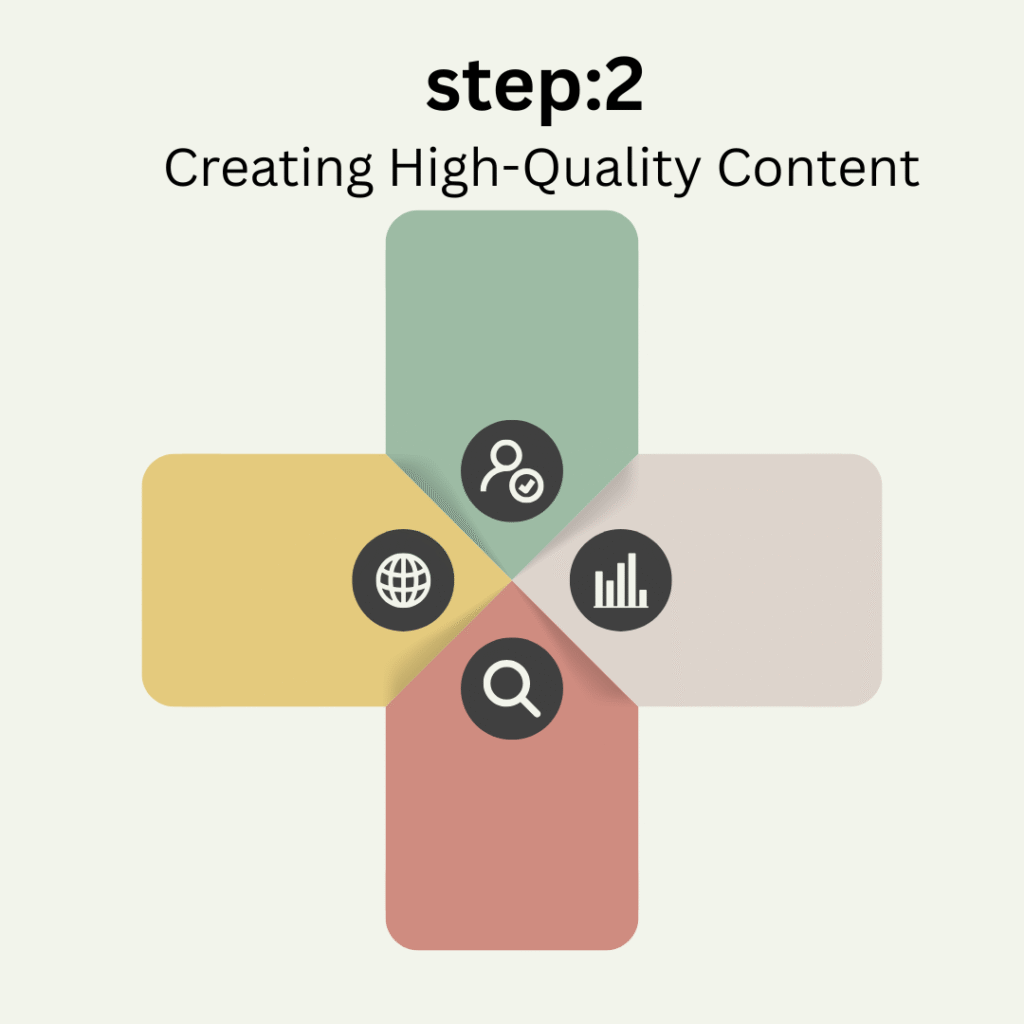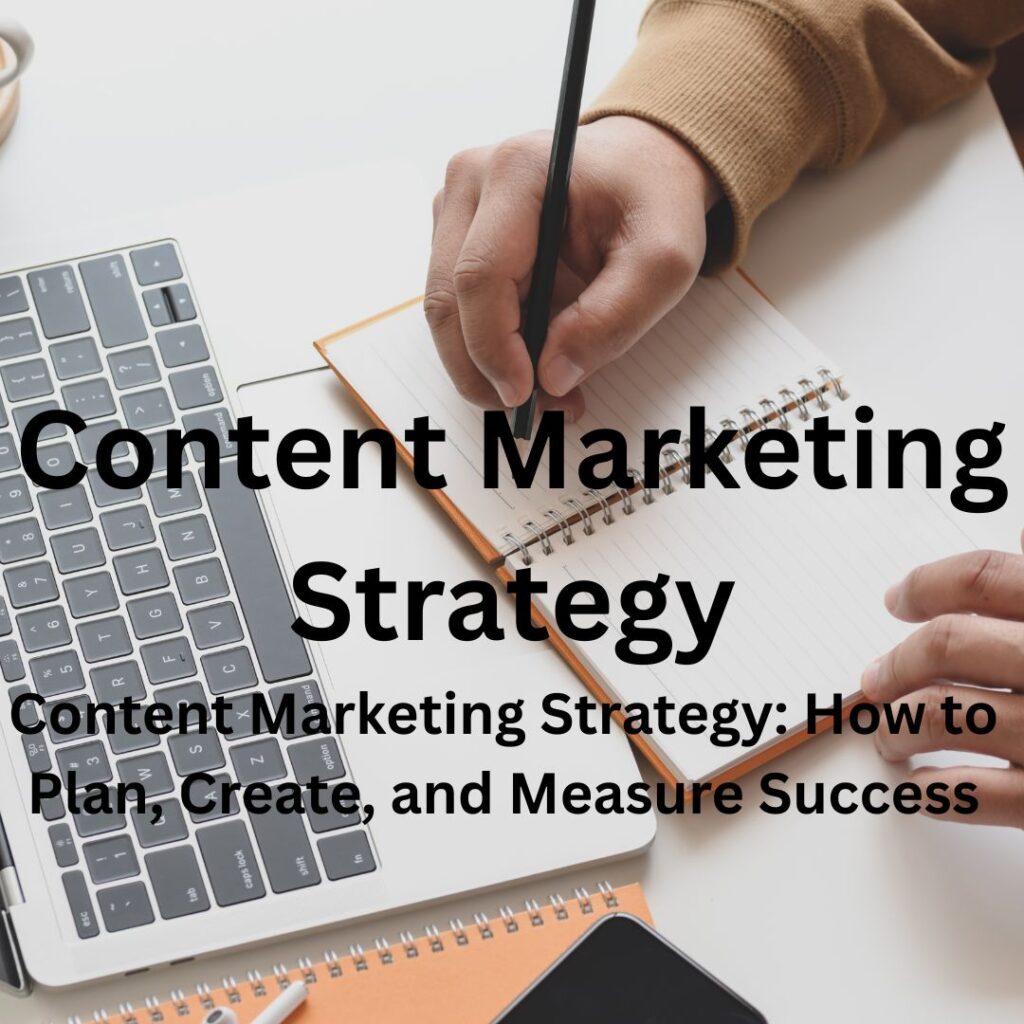In the fast-evolving digital world, content marketing has emerged as one of the most powerful tools to attract, engage, and convert audiences. But great content doesn’t just happen. Behind every successful blog post, video, podcast, or social media campaign lies a well-planned content marketing strategy.
In this blog, we’ll break down how to plan, create, and measure a content marketing strategy that actually drives results.
Why Do You Need a Content Marketing Strategy?
Many businesses make the mistake of posting content randomly, hoping something will stick. The problem? Without a clear plan, you risk wasting time, money, and effort on content that doesn’t resonate with your audience.https://amzn.to/3JFMBwH
A strong strategy ensures that every piece of content serves a purpose: attracting the right people, solving their problems, and gently guiding them toward your product or service.

1️⃣ Planning Your Content Marketing Strategy
Step 1: Define Your Goals
Start with the end in mind. What do you want to achieve? Common goals include:
- Increasing website traffic
- Generating leadshttps://amzn.to/3JFMBwH
- Boosting brand awareness
- Improving customer loyalty
- Driving sales
Your goals should be SMART: Specific, Measurable, Achievable, Relevant, and Time-bound.
Step 2: Know Your Audience
You can’t create meaningful content if you don’t know who you’re creating it for. Build buyer personas — semi-fictional profiles that represent your ideal customers. Include:
- Demographics (age, gender, location)https://amzn.to/3HZ0fdG
- Job roles and industries
- Pain points and challenges
- Interests and content preferences
Use surveys, interviews, and web analytics to gather this data.
Step 3: Conduct a Content Audithttps://amzn.to/3HZ0fdG
If you already have existing content (blogs, videos, guides), review what’s working and what’s not. Identify:
- High-performing pieces to update or repurpose
- Content gaps where your audience’s questions aren’t being answered
- Outdated or irrelevant content that should be removed
Step 4: Choose Content Types and Channels
Different audiences prefer different content formats. Blogs, videos, podcasts, infographics, case studies — each serves a unique purpose. Pick formats that match your audience’s habits and your team’s capabilities.
Likewise, choose the right channels. Will you focus on your blog, LinkedIn, Instagram, YouTube, or email newsletters? Be where your audience already spends time.
Step 5: Build a Content Calendar
A content calendar helps you plan topics, assign tasks, set deadlines, and maintain consistency. Plan at least one to three months in advance. Your calendar should include:
- Topic/title
- Target keywords
- Format (blog, video, post)
- Author or creator
- Publishing date
- Promotion plan

2️⃣ Creating High-Quality Content for Content Marketing Strategy
Step 1: Research Topics and Keywords
Use tools like Google Keyword Planner, SEMrush, or Ahrefs to find keywords your audience is searching for. Combine this with trends, customer FAQs, and competitor content to find winning topics.
Step 2: Write for People First, SEO Second
Quality beats quantity every time. Focus on:
- Crafting catchy headlines
- Using clear, engaging language
- Breaking up text with subheadings, bullet points, and visuals
- Adding a clear call to action (CTA)
Optimize your content for search engines — but never at the cost of readability.
Step 3: Repurpose Content
Maximize your efforts by repurposing content across formats. For example:
- Turn a blog into a video or podcast
- Break a long video into short social clips
- Convert webinars into guides or infographics
Repurposing helps you reach more people without starting from scratch every time.
Step 4: Promote Your Content
Creating content is just half the job. Promotion ensures it reaches the right eyes. Use:
- Social media posts
- Email newsletters
- Collaborations with influencers or partners
- Paid ads for high-value content
- SEO to attract organic traffic
3️⃣ Measuring Content Marketing Success of Content Marketing Strategy
If you can’t measure it, you can’t improve it. Use data to understand what’s working — and what needs tweaking.
Step 1: Define Key Metrics
Track metrics that align with your goals. For example:
- Website traffic: page views, unique visitors
- Engagement: time on page, comments, shares
- Lead generation: form submissions, downloads
- SEO: keyword rankings, backlinks
- Revenue: conversions, sales attributed to content
Step 2: Use the Right Tools
Tools like Google Analytics, Google Search Console, HubSpot, or SEMrush help you gather data on traffic, behavior, and conversions.
Step 3: Analyze and Optimize
Regularly review your performance. Identify:
- Which content brings the most traffic?
- Which pieces convert best?
- Where do visitors drop off?
Use these insights to improve underperforming content, double down on what works, and experiment with new ideas.
Tips for Long-Term Content Marketing Success
✅ Stay Consistent
Consistency builds trust. Stick to your publishing schedule — whether it’s one blog a week or two videos a month.
✅ Listen to Feedback
Monitor comments, messages, and customer feedback. What topics do people want more of? What do they love or dislike?
✅ Stay Up to Date
Content marketing trends evolve fast. Keep learning about new formats (like short-form videos or AI-powered tools) and changing algorithms.
✅ Focus on Quality, Not Just Quantity
One well-researched, valuable post is worth more than five rushed, generic ones.
✅ Be Patient
Content marketing is a marathon, not a sprint. It takes time to build authority, trust, and results — but the long-term payoff is worth it.
Final Thoughts
A successful content marketing strategy doesn’t happen overnight. It’s a cycle of planning, creating, distributing, measuring — and then refining your approach.
Whether you’re a small business owner, freelancer, or marketer, remember this: valuable, relevant content is your best asset in building relationships and growing your brand.To learn Content Marketing strategy visit TECHANJALI

